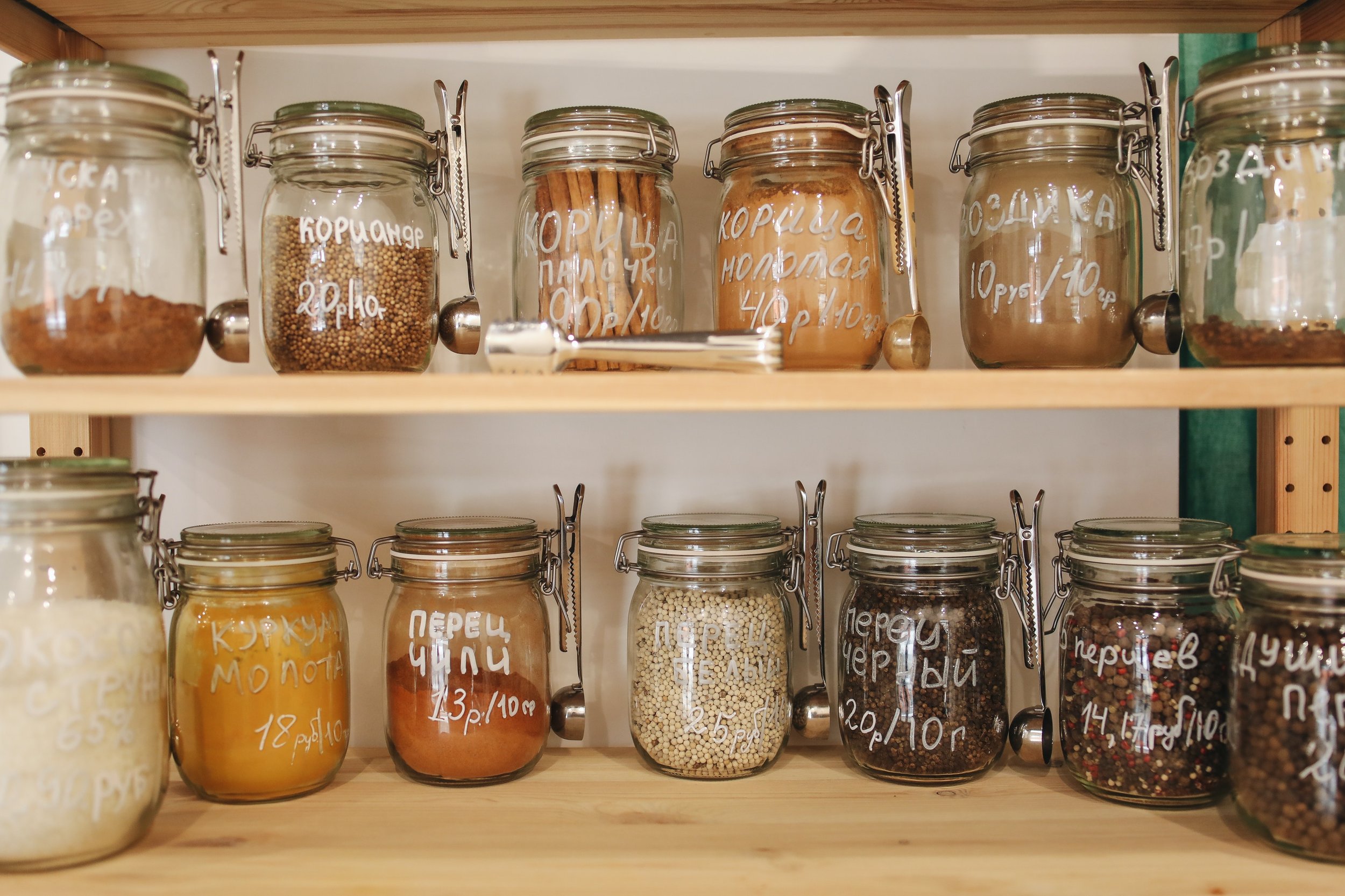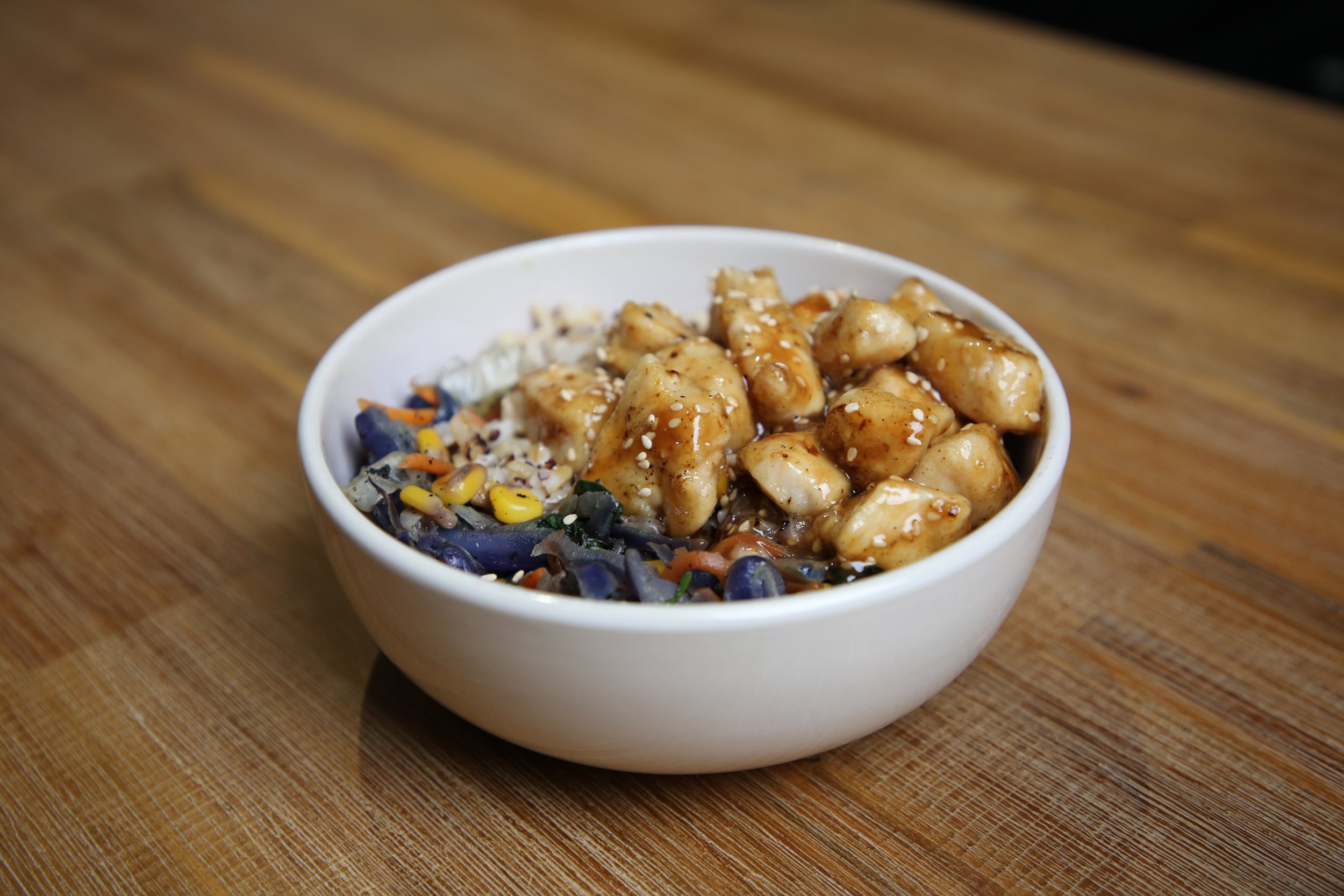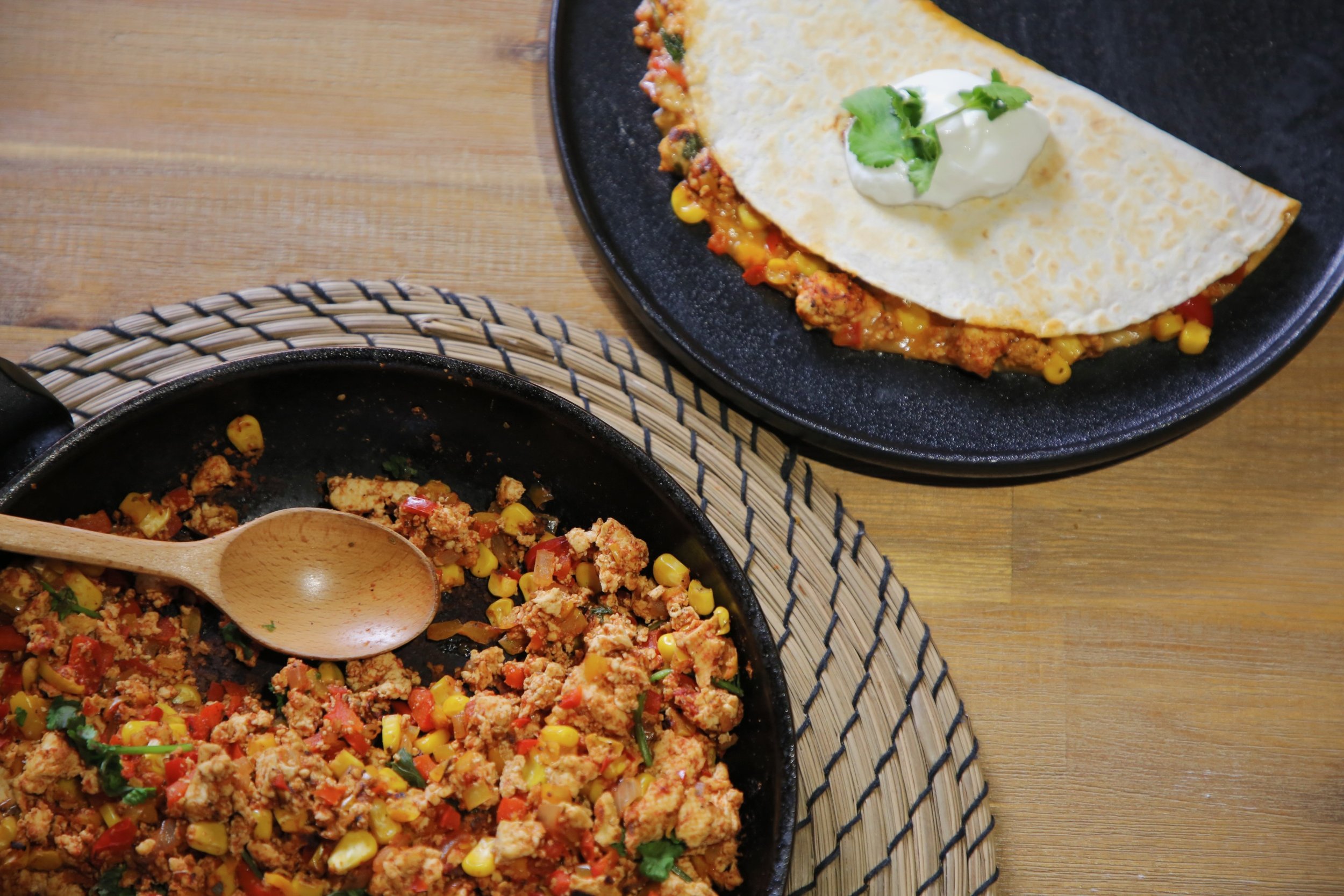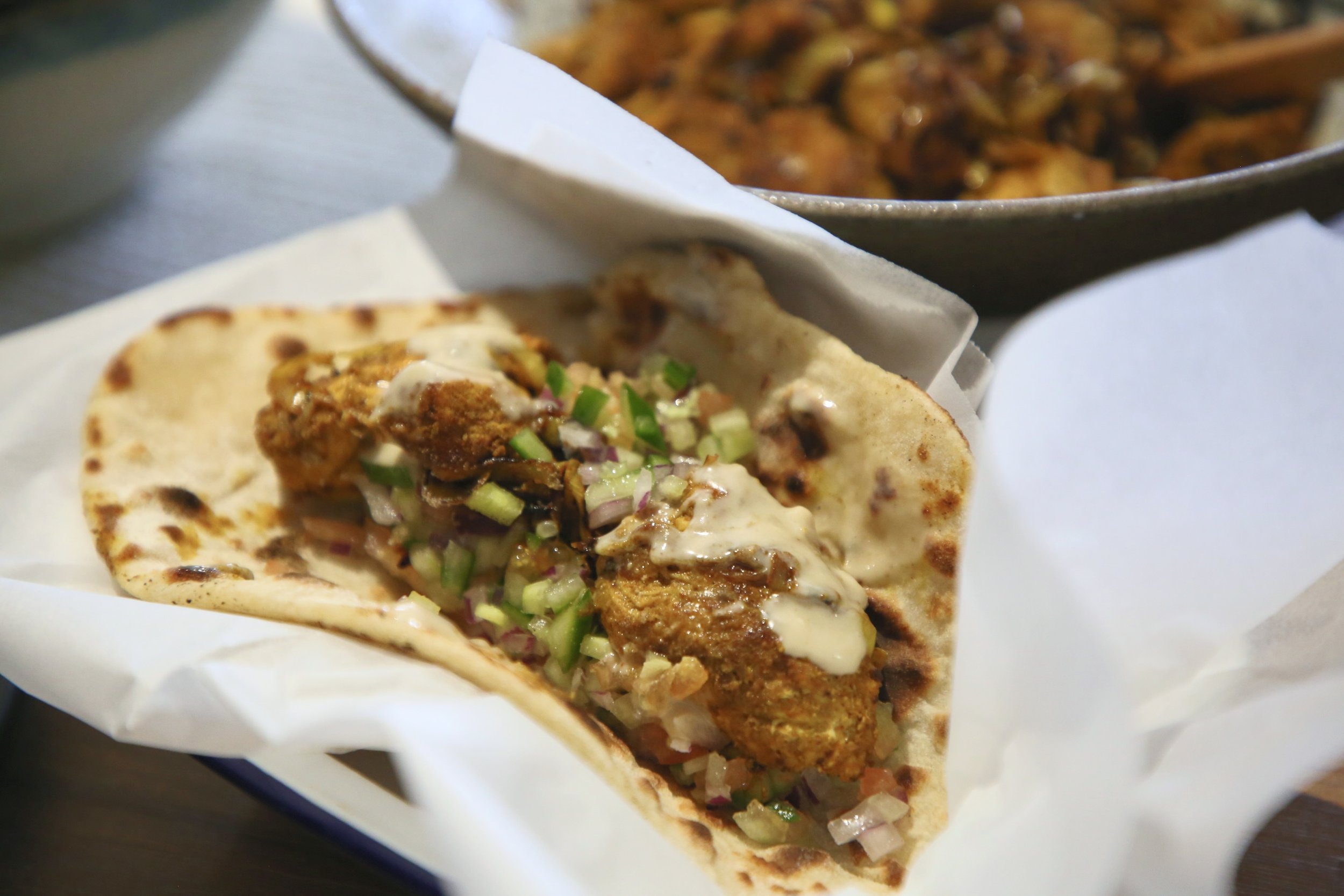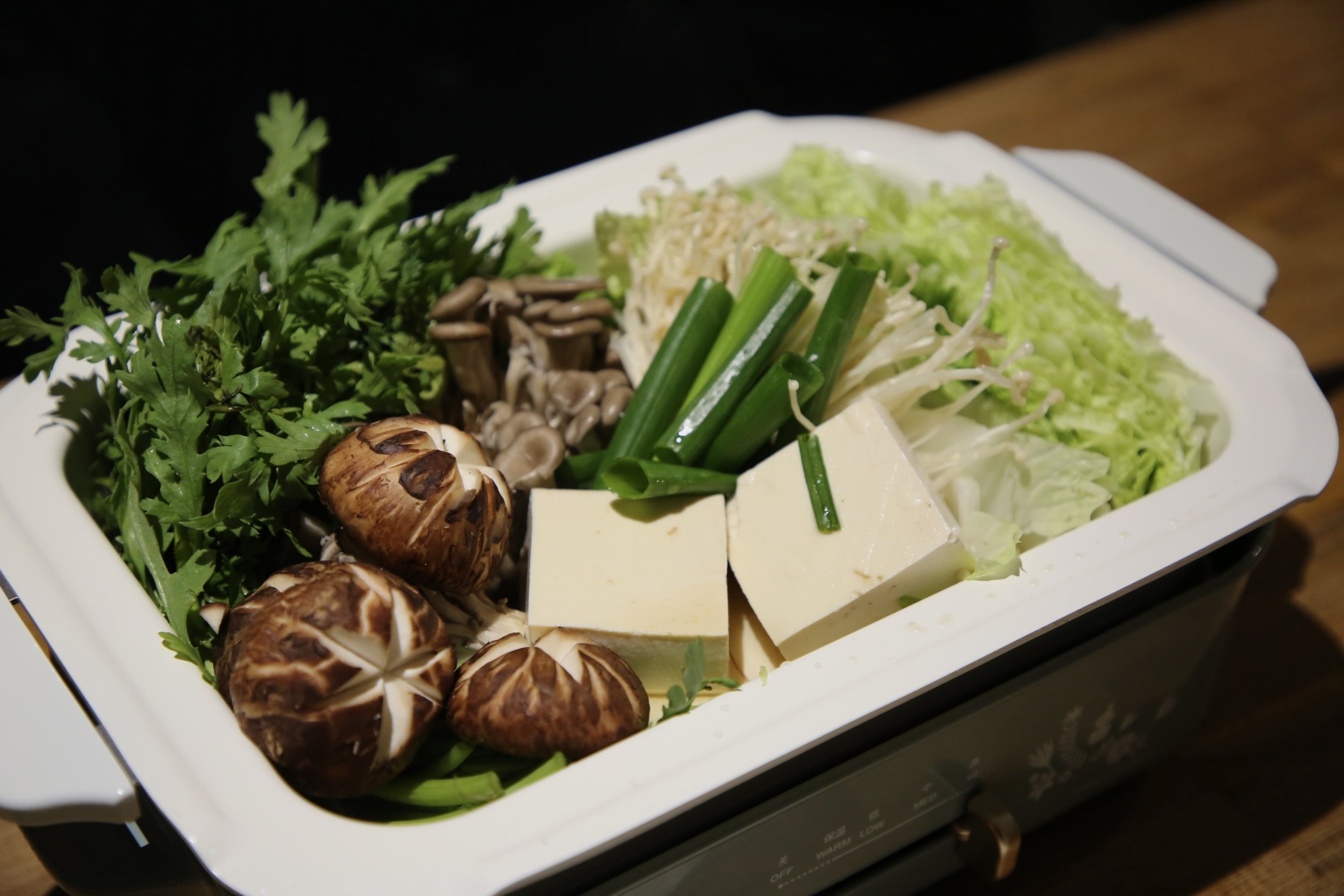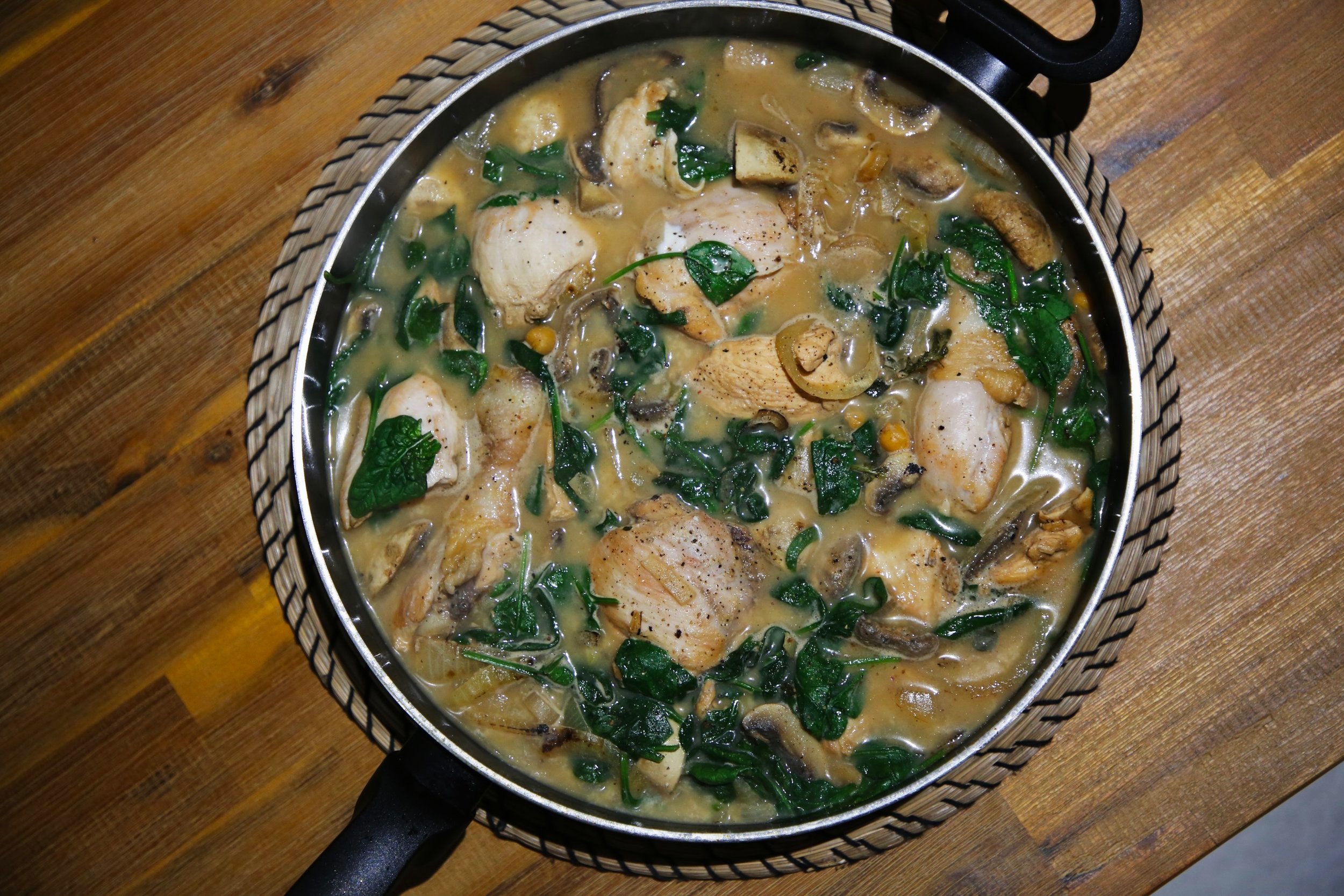The Meal Prep Planning Guide
As a person living in a bustling city, there aren't many healthy options for eating out. Pre-packaged meals or meal kits are small in portion and often overpriced. While home cooking is intuitively the best option, it takes a lot of time in planning, prepping, cooking, and tidying up. Some days, we just want to come home to a nice dinner without spending an hour starving in the kitchen. Meal prep can be a good solution to this problem.
What is Meal Prep?
Meal prepping involves preparing and cooking a portion of your meals in advance, so you have food readily available with minimal to no cooking when you're hungry. The frequency of meal prep varies depending on your schedule and preferences. We will use weekly meal prep as an example, as it aligns with most people's timetables.
You might have seen meal prep as putting every single meal (and snacks) for your upcoming week into individual containers, as shown in most meal prep videos. However, this is just one type of meal prep, and there are three main types of meal prepping:
1. Portioned Meal Prep - The packaged meals
Prepping time: ⌛️⌛️⌛️⌛️| Time needed before eating: ⏰ (little)
The stereotypical meal prep - portioning out each meal and storing it in individual containers, as commonly seen in online meal prep videos. In reality, most people have practiced portioned meal prep to some extent, whether it's making a sandwich or preparing extra dinner the night before.
This meal prep style works best for bulk-cooking a limited number of recipes in one go, making the most efficient use of your time. That's why many people opt for consistency in their food choices during weekly meal preps.
PROs: Economical for times of cooking, minimum effort before eating.
CONs: Might need a lot of containers and a long period of time for prepping. Extra food choice can introduce a lot more time and effort.
2. Ingredient Prep - TV cooking demo
Prepping time: ⌛️| Time needed before eating: ⌛️⌛️ - ⌛️⌛️⌛️
Did you grow up watching TV cooking demos where all the ingredients are neatly laid out and ready to be cooked in no time? That's the idea behind ingredient prepping. Any cook knows that the preparation before the actual cooking process can sometimes be the most tedious part. Ingredient prepping may involve washing all the fruits, dicing vegetables, marinating meats, mixing sauces, and more.
This meal prep style works best for people who love freshly cooked food or quick recipes, such as stir-fry, one-pot pasta, noodle soup, and more.
PROs: High flexibility, less time in prepping stage, get to enjoy freshly cooked food, easy to pick up for someone who cooks but never tried meal prep.
CONs: Raw, pre-cut foods can spoil quicker, and it can be harder to plan.
3. Partial Meal Prep - The buffet bar
Prepping time: ⌛️⌛️⌛️| Time needed before eating: ⌛️
Partial meal prep falls in between portioned and ingredient prepping. It doesn't require portioning out every meal and involves more cooking than ingredient prep. You can pre-cook some parts of the meals and store them separately. Based on your preference, you can create meals by grabbing food from each of the containers, like at a buffet bar, and finish making the meals with a small amount of cooking. For instance, making a few pasta sauces (such as our bolognese sauce) in advance and then cooking the pasta when you need it.
This meal prep style works best for people who enjoy bulk cooking and like to create different combinations. With 2-3 options of carbs, veggie combos, and protein sources, you can create 8-27 possible combinations.
PROs: moderate to high flexibility, only prep what takes most time, can be good for family where everyone has slightly different preferences.
CONs: Some foods might runs out first with suboptimal planning, some combos might not taste the best.
Which meal prep style you choose is entirely up to you! You don't need to confine yourself to just one prepping style. All styles require a certain level of planning to work at their best, so planning is perhaps the most important and challenging aspect of meal prepping. Therefore, we are sharing our 3-step approach to help you master your meal prep planning.
Step 1. Understand your schedule
Knowing your schedule is as simple as looking through your calendar to understand how many meals you have with prior commitments, how many meals you'll likely have at home, and those for which you need to bring your own meal. However, it can get a bit hectic when planning for multiple people, such as a family.
You can do this with two simple steps:
Step 1a. Plot out everyone's eating schedule:
For a single person or multiple people with highly similar schedules, simply cross out the eating occasions where you have alternative plans.
For multiple people with varying schedules, you can assign a code or symbol to each person and mark the meals accordingly.
Some alternative plans might include dinner with friends, family events, date nights, work and networking events, and so on.
Step 1b. Determine and mark how many meals and snacks require packing.
Tips: For planning enthusiasts and those who are planning meal prep for multiple people, doing these steps on paper can provide you with clarity.
Step 2. Brainstorm and decide recipes/foods
Many recipes are suitable for meal prepping, and you can find them by searching online or adjusting your family recipes to fit your needs (we'll cover this in future blogs). This process can also be broken down into two steps:
Step 2a. Brainstorming recipes:
can involve jotting down the foods you or everyone wants to eat, taking advantage of ingredients that are on sale, or noting down recipes you want to try. If you already have a set collection of meal prep recipes, you can easily skip this step.
Step 2b. Turning your brainstormed ideas into a plan:
Write down the meal options, ideally with the main ingredients listed. You can include as many meals and snacks as you want. Generally, the more meals you decide at this stage, the easier your shopping tends to be.
Step 3. Schedule meals and count repetition
This is often one of the steps that most people struggle with. Many times, we find ourselves running out of food when packing it into individual containers or later in the week. Therefore, it's crucial to have an idea of how many meals you need. Understanding your schedule (step 1) and deciding on your recipes (step 2) can make this step much easier because you already have an ingredient list and a rough estimate of how many meals you need to prepare.
You can approach this in either sequence:
Scheduling recipes into the calendar first and then tallying up recipe/food repetition.
Deciding the number of food/recipe repetitions and then scheduling them into the calendar.
Both approaches work equally well for individuals and multiple people with similar eating schedules.
For multiple people, such as a family, with varying eating schedules, approach 1 can be easier to plan.
Nutrition Pro Tip: At this stage, you can also perform a quick nutrition check to ensure that you have covered all 5 core food groups (fruits, vegetables, grains, dairy & alternatives, meat & alternatives) for each day.
Takeaway messages
Meal prep can a good tool to help better adhere to your nutrition plan
The 3 styles of meal prepping can be flexibly used to suit your needs
Step 1 of planning: understand the eating schedule
Step 2 of planning: brainstorm and decide food/recipes
Step 3 of planning: schedule meals and count repetition (good to do a quick 5-food-group check here)
What’s next?
The next step is to plan and do your shopping and cooking. If you're interested in our pro tips, stay tuned for our future blogs! In the meantime, you can start implementing this 3-step planning approach in your next meal prepping session. If you need assistance with any nutrition concerns and practical ways to address them, make a booking with our dietitian today!











